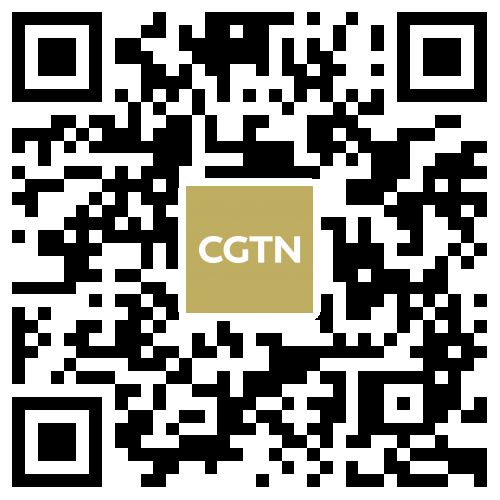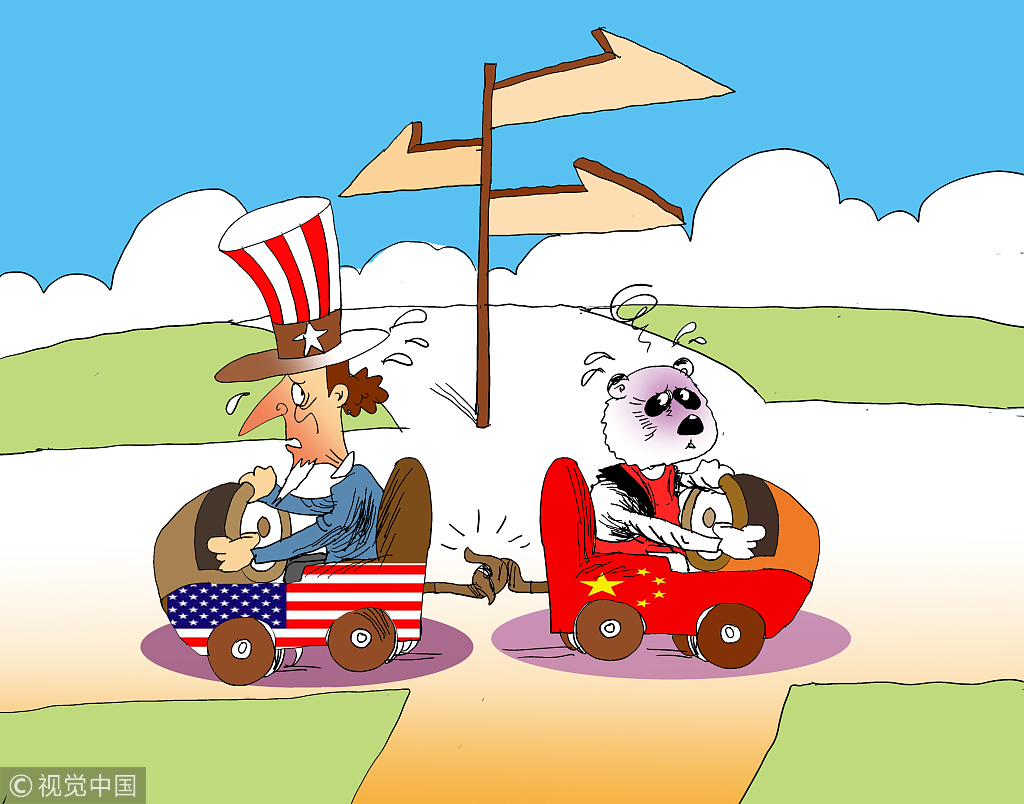
Opinion
07:48, 22-Jan-2019
Opinion: Four ways China can deal with U.S. trade friction risks in 2019

Editor's note: It's an edited translation from a seminar report given by the Academic Center for the Chinese Economic Practice and Thinking (ACEPT) in Beijing.
Sino-U.S. economic and trade friction has had a limited impact on the Chinese economy in the short term, but in 2019 fluctuation risks will likely emerge that could endure for some time.
Despite the good economic momentum in the U.S. in 2018, a complicated political situation is likely to emerge this year. In economic and financial aspects, the risk of recession will probably be hidden behind the U.S. economic boom, and an increase in risk factors will likely lead to continued fluctuations in U.S. finance.
As the thrust of fiscal stimulus policies gradually weaken, the momentum to maintain economic growth may decline. Trump's trade confrontation with China, in addition to U.S. steel and auto tariffs, and falling international oil prices, may all have adverse effects on the U.S. economy, and the global economic slowdown will also be damaging for U.S. companies.
In this context, China should be fully prepared to deal with the risks posed by its uncertain relationship with the United States in four ways:

VCG Photo
VCG Photo
First, the yuan exchange rate should be allowed to reasonably and appropriately fluctuate (for example, no more than five percent), while capital outflows should be firmly managed through banks and offshore markets.
According to analysis, since 2017, the trend of yuan against the U.S. dollar is completely opposite to that of the U.S. dollar index. This is significantly different from the situation in 2015, indicating that the current yuan exchange rate mainly depends on the changes in the external environment (U.S. dollar index). Considering the complicated political, economic, and financial environment in the United States, it is very likely that the U.S. dollar will strengthen again.
2019 will be a year in which the yuan exchange rate fluctuates a considerable amount. In this international environment, the monetary authorities should not regard guarantying the exchange rate at seven as a key task, but should be committed to controlling capital flows, while guarding against the public's misconception that the monetary authorities stimulate exports through exchange rate depreciation.
Second, we should patiently conduct Sino-U.S. trade negotiations. The key to the negotiation is to gradually establish a long-term trust mechanism. At the same time, we must recognize that Sino-U.S. relations have begun to move toward a new long-term game.

VCG Photo
VCG Photo
As China's economic volume continues to increase and China's influence on the world's political and economic system continues to increase, the contradiction between China and the United States, the world's largest country today, is inevitable. The Sino-U.S. economic and trade friction in 2018 only exposed this contradiction in advance.
The biggest obstacle in the economic and trade negotiations is that the U.S. negotiators neither understand nor trust China. In this context, China and the United States should not only be a process of mutual games and bargaining, but should also involve gradually building trust. Sino-U.S. trade frictions and consultations will be a long-term process. We even welcome relevant representatives from the United States to establish offices in Beijing for long-term communication at any time, and establish a more sincere and long-term trust mechanism.
Third, we should be more proactive in learning how to deal with trade frictions. We should calmly analyze and continue to accelerate the study of all the advanced knowledge, technology and ideas in the world with an open, mature and confident attitude, and put it into practice in light of China's actual conditions to promote the further transformation and upgrading of the Chinese economy.
Specifically, we should promote learning in the fields of science and technology, social governance, financial legalization, foreign investment, and international economic governance through measures such as “please come in,” expand openness, and promote personnel exchanges, so as to learn how to deal with conflicts and blockades and avoid a stagnant situation because of narrow nationalist sentiments.

VCG Photo
VCG Photo
Fourth, although the Sino-U.S. economic and trade friction had limited impact on China's economic growth in 2018, the decline in exports and an impact on confidence are likely to begin to emerge in 2019. The possible deficit in the current account is worth highlighting.
The first phenomenon is that the single-month export growth rate in December 2018 is negative. This is likely to be the mid- and long-term impact of Sino-U.S. trade frictions, and the subsequent export growth after the enterprises rush to export is weak.
The second one is that the company's new export orders index has fallen sharply in 2018, from about 51 in March-May to about 47 at the end of 2018. The decline in the new export orders index is likely to influence the export of enterprises in 2019, resulting China's current account under pressure in 2019.
In fact, in the first three quarters of 2018, China's current account deficit of 2.5 billion U.S. dollars has already warned us that exports would be weak in 2019, and Sino-U.S. trade negotiations will also compress China's trade surplus with the United States. This series of problems may lead to a recurring deficit in the current accounts, which needs to be focused.
(If you want to contribute and have specific expertise, please contact us at opinions@cgtn.com.)

SITEMAP
Copyright © 2018 CGTN. Beijing ICP prepared NO.16065310-3
Copyright © 2018 CGTN. Beijing ICP prepared NO.16065310-3